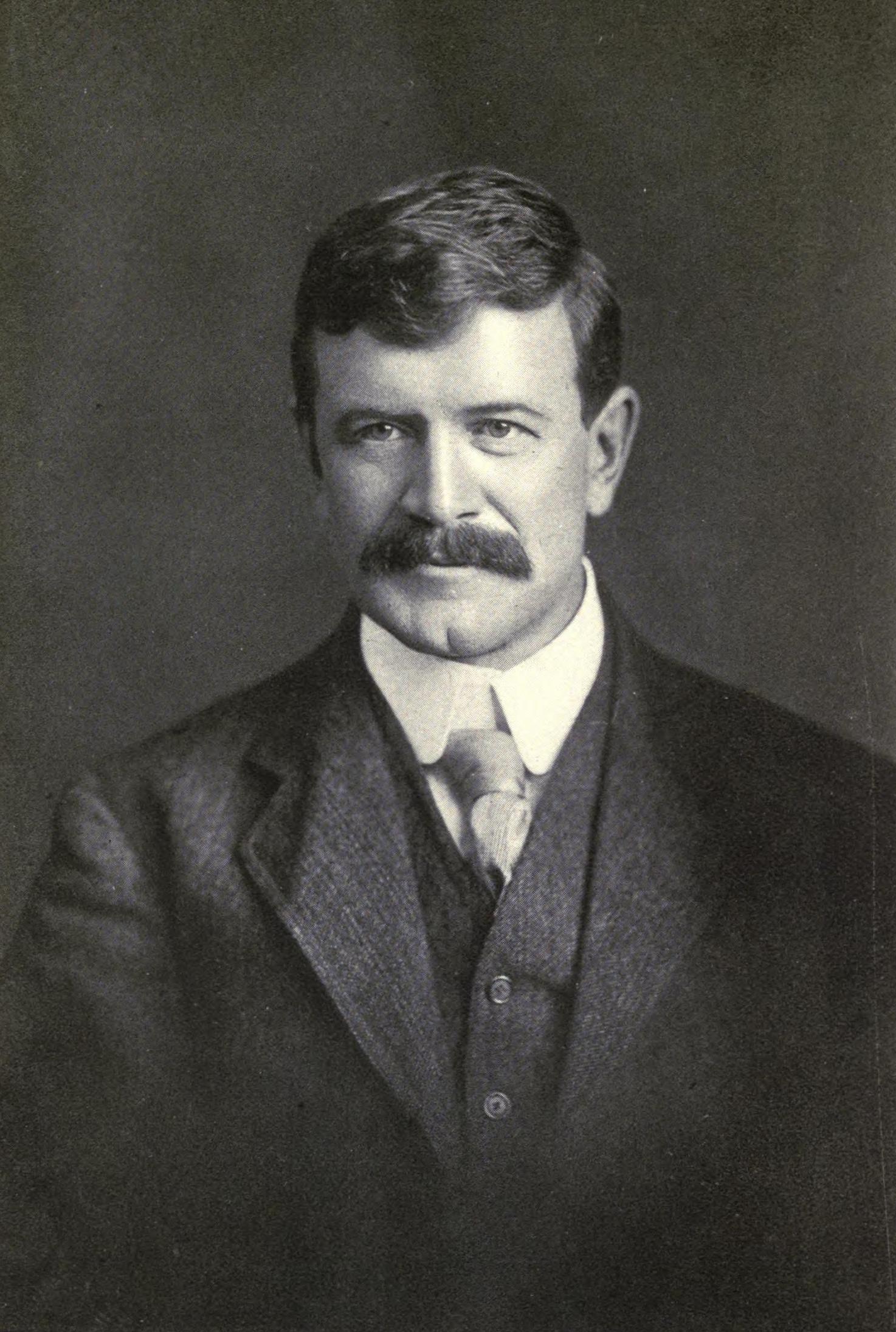Stephen Leacock is one of the authors I first got really into, and I’ve put together quite a collection. Like a lot of the authors I loved around 2002-2005, I binge-read a lot at the time and now only read one every few years. When I spotted that The Iron Man and the Tin Woman was a 1929 title, it was a great opportunity to make this one my next Leacock.
It’s not one of his best known or easiest to find, in this country at least, and I think it’s a really interesting addition to the 1929 Club because it’s about the future. While in Leacock’s characteristic style of humour – dry exaggeration – it shows what was considered to be the frontiers of modernity in 1929. Some of the sections are what might happen in a couple of decades’ time, while other sections highlight things that seem alarmingly modern in everyday life. For example, there is the idea that life is far more regulated by rules and bureaucracy:
“Dear me!” sighed Angelina, “I suppose it’s wicked to say it, but sometimes it seems terrible to live in this age when everything is so regulated. Did you read that awfully clever novel that came out last week called ‘Wicked Days’ that told all about our great-grandfathers’ time when people used to just do almost as they liked?”
“No, the book was suppressed, you know, immediately. But I heard something of it.”
“It must have been awfully queer. Anybody could go round anywhere and visit any house they liked and actually, just think of it!—go and eat meals in other people’s houses and even in public restaurants without a Sanitary Inspector’s Certificate or anything!”
Edward shook his head. “Sounds a bit dangerous,” he said. “I’m not sure that I’d like it. Suppose, for instance, that somebody had a cold in the head, you might catch it. Or suppose you found yourself eating in a restaurant perhaps only six feet away from a person infected with an inferiority complex, it might get communicated to you.” He shivered.
“Let’s sit down,” said Angelina suddenly. “I want to go on talking, but I don’t feel like walking up and down all the time. Here’s a bench. I wonder if we are allowed to sit on it.”
“I’ve got a Sitting License for two in my pocket,” said Edward, “but I’m hanged if I know whether it’s been stamped.”
I also love any time when Leacock apes popular styles of writing, and applies them to mundanities to highlight their absurdities. It’s something he often returns to and I can’t quite describe what he’s doing and why I enjoy it so much. Anyway, here’s an example – where he is satirising the tell-all memoir:
I want to begin these Disclosures by speaking of my childhood.
First let me talk of my parents. There were two of them, my father and my mother.
And I am now going to tell here something about my father which up till now I have never even whispered to a soul, namely, that he was born in Peterboro, Ontario.
My father seldom spoke of having been born in Peterboro. But I know he brooded over it. I remember once when I was quite a little girl he drew me to him and patting my head quietly he murmured, “I was born in Peterboro.” After that he sat silent, looking into the fire for a long time. Then he put on his hat and went out. And a little afterwards he came in again.
I found The Iron Man and the Tin Woman a mixed bag – and enjoyable, but with limits. Leacock is always diverting, and he has a real eye for human foibles and a gentleness, even a kindness, in the way that he teases them. But the premise of this book has its limits. When his vision of the dizzying future is 1950, it’s understandable that some of the impact is lost by 1950. For instance, he suggests people will be taking round-the-world tourist trips within a day by 1950 – and, the brilliantly observant bit, will be rather bored by them and glad to get home. Now, the humour relies a little on the possibility of this happening. 70+ years later, we know it hasn’t. It’s still fun, but without the frisson of possibility that a 1929 audience would have seen in the background.
The other thing that stands out, reading this almost a century after it was published, was how eternal the complaints about modernity are. Among the ideas that are highlighted in this book are:
- too many cars on the road
- marriage not being taken seriously
- everything being too commercialised
- young people not respecting their elders or being willing to work hard
- advertising being devious
It just goes to show that every generation complains about more or less the same things. And, of course, every generation sees themselves as the pinnacle of modernity – for good and bad – as every generation is the pinnacle of modernity, until they are replaced. If The Iron Man and the Tin Woman is probably best read in 1929, it was still fun to read today. Definitely not where I’d recommend somebody start with Stephen Leacock, but plenty to enjoy for the existing fan.








